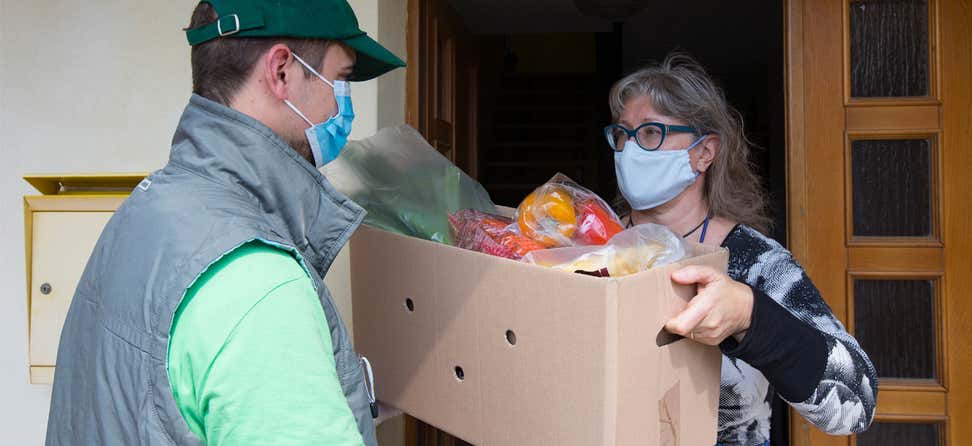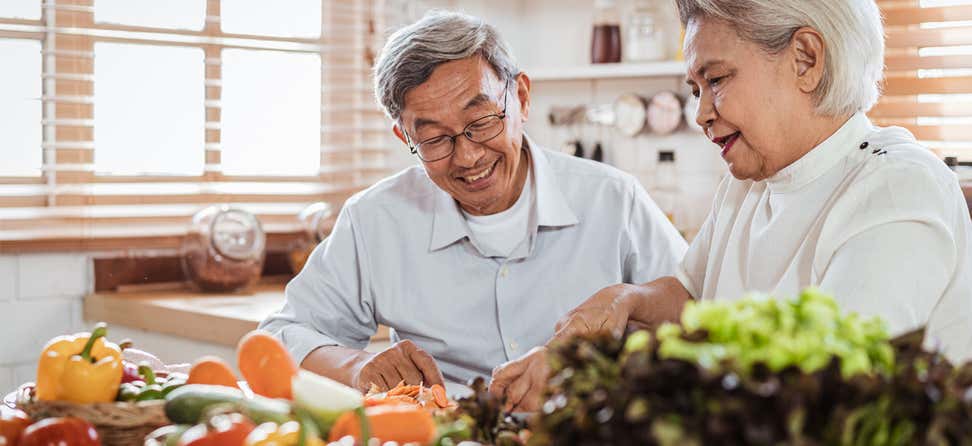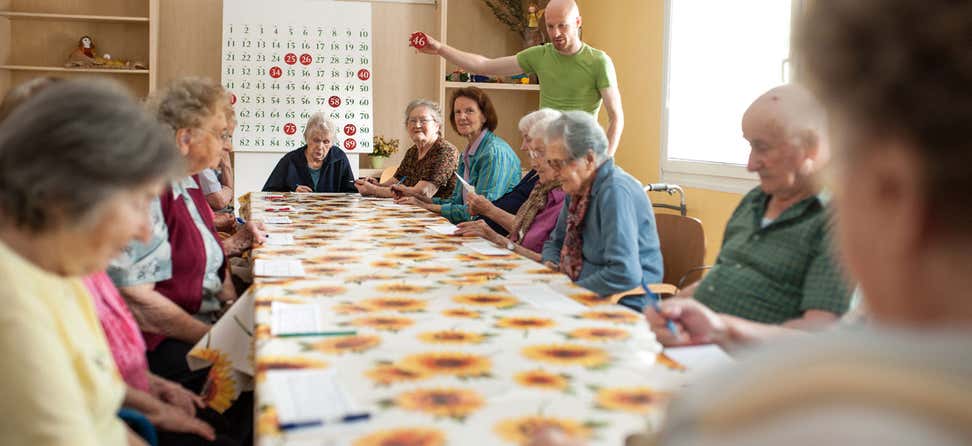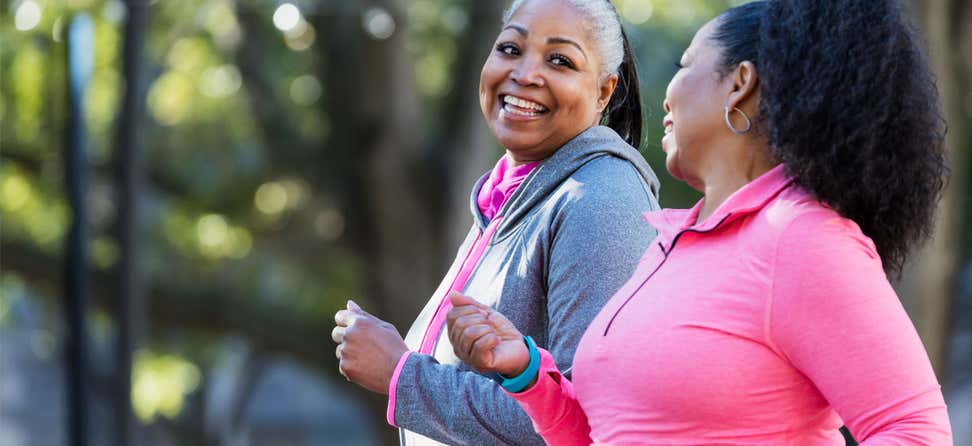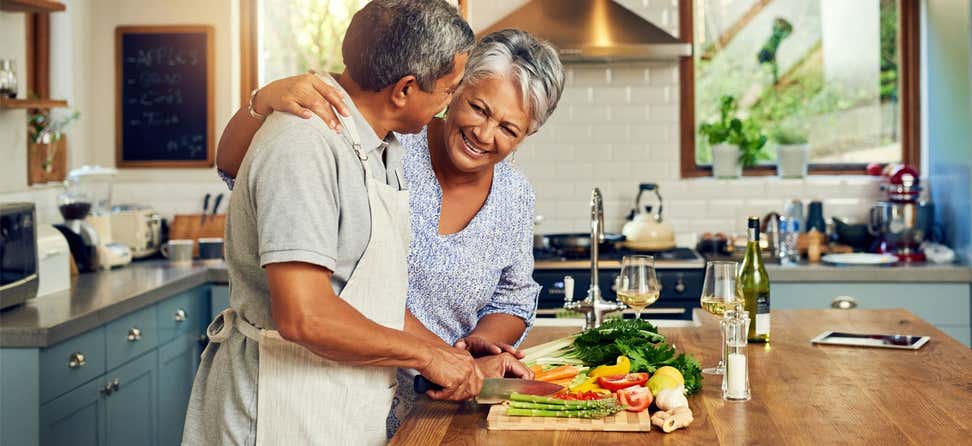Key Takeaways
View this tip sheet focused on ways to stay safe while receiving deliveries of food or supplies during the COVID-19 pandemic.
Why does this matter?
Due to common physical limitations with age, coupled with recent stay-at-home policies and social distancing recommendations, more and more older adults are sheltering in place, at home. Physical distancing is particularly important for older adults because people over the age of 60 are more likely to experience serious COVID-19 symptoms if they become infected with the novel coronavirus. The immune system changes with age, making it difficult for older adults to fight off infection, and underlying health conditions may make it harder to cope with and recover from illness.
Having meals or groceries delivered to the home is a safe and convenient approach to maintain one's safety and well-being, while ensuring access to nutritious meals and food items during this public health emergency.
What can you do to remain safe?
- Know when your meals, groceries, and other packages will arrive.
- If you receive meals and/or groceries via the aging network or from Meals on Wheels, those delivering meals will make contact face-to-face or via telephone to set up deliveries. Be sure to confirm delivery dates and times. Ask that meals and/or groceries are packed in such a way that they are not too heavy for you to take into your home.
- Receiving multiple meals at one time is often the preferred method of distribution during the pandemic because it means fewer deliveries and puts fewer volunteers and older adults at risk.
- You may put out a weighted container (such as a box, cooler, or Styrofoam container) on a table for delivered items to be placed in, to reduce or eliminate the need to bend over.
- Use package tracking through Amazon, FedEx, UPS, USPS, etc. Ask a family member or a friend for help with tracking other packages. This will help you prepare for when the package arrives so you can anticipate the delivery and be less likely to rush to respond.
- Don't be afraid to ask for help from family members, friends, and neighbors, but emphasize that they must practice safety precautions- wear a mask and gloves, and wash their hands while in your home. These individuals can assist in bringing the packages in the house, clean delivered packages, and put items away. Wipe down the counter area with disinfectant and wash your hands once completed.
- For non-meal or grocery deliveries, place a table outside the front door with a sign indicating, "Leave Package Here" or similar message to ensure they'll be more easily accessible.
- For flat entryways, place a metal shopping cart on wheels or a rolling table or chair at the front door for packages so you can slide them into the house.
- Seek help to install a sturdy hook near the front door. Place a bag on the hook or doorknob to use for carrying packages.
- Use a long-handled "reacher" to position smaller, lightweight packages to pick them up easily (e.g., to avoid twisting while reaching). A cane can also be used to position packages for better reach.
- If you have a walker, always use it around the house. Place packages on the basket or seat to easily wheel them to where you're taking them in the house. Remember to use the brakes when moving packages on or off the seat.
Maintain/Improve Safety, Balance, and Strength During the COVID-19 Pandemic
- Contact your local senior center, area Agency on Aging, Meals on Wheels program, Council on Aging, YMCA, or Parks and Recreation Department and learn about physical activity programs being offered online or through cable access television.
- Learn more about the benefits of engaging in physical activity safely while at home at the World Health Organization's website.
- Engage in physical activity using the fun and engaging Go4Life program which includes videos focused on balance and strength to help reduce risk of falling.
- Review recommendations for how to stay physically active by moving more.
- Create a mobility plan for yourself using the MyMobilityPlan from the Centers for Disease Control and Prevention. This resource has a MyHome section to help you stay safe at home, including a home safety checklist to help prevent falls.
- Check out 18 Steps to Fall Proof Your Home. Take these steps to make your home safe from falls during the pandemic and beyond.


